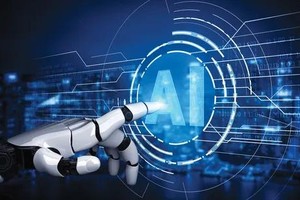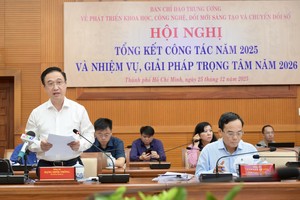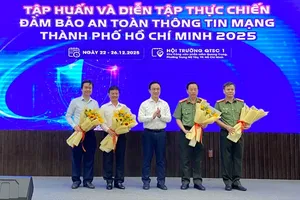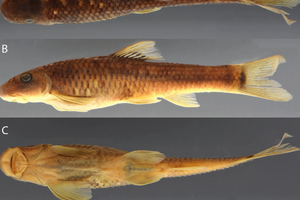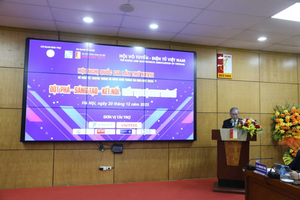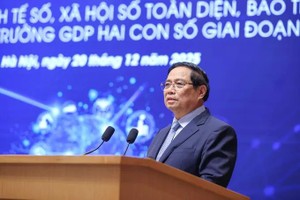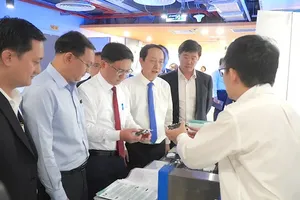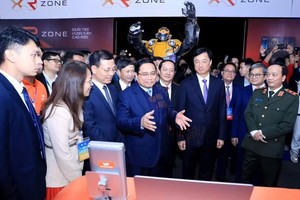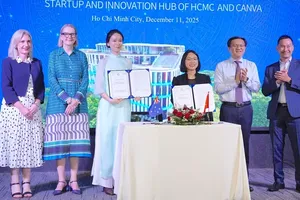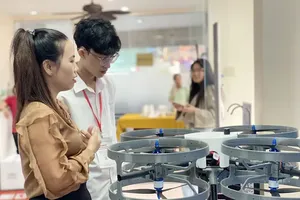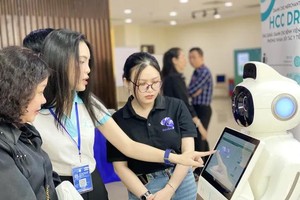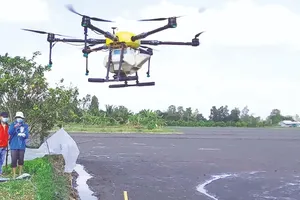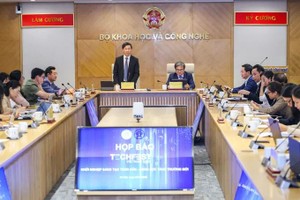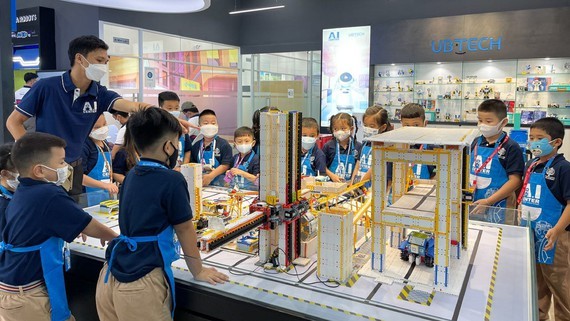
The fourth industrial revolution (Industry 4.0) in the 21st century based mostly on digital technologies, such as robotics, AI, Nano technology, biotechnology, Internet of Things.
Aware of this, the Politburo of Vietnam issued Resolution No.52-NQ/TW on September 27, 2019 on a number of guidelines and policies on active participation in Industry 4.0. among the 8 guideline groups is the policy for AI human resources development via reforming training curricula towards promoting accessibility capacity, innovative thinking, and adaptability to a constantly changing technological environment.
"Resolution 52 displays a new strategic viewpoint of the Central Party and the Government for Vietnam to adapt quickly to Industry 4.0. Stressing the importance of higher educational institutes in training high-quality AI human resources, the Resolution urges the changes of training motto to foster non-stop learning among graduates after being equipped with foundation knowledge, skill obtaining to overcome current AI obstacles, innovative environment”, said Assoc. Prof. Dr. Vu Hai Quan, Director of Vietnam National University – Ho Chi Minh City.
He stated that the salary of engineering working in computer-related fields stably rises, along with the increasing needs of computer engineers globally. For instance, Japan has announced the demand for 30,000 employees in this field, especially those from India and Vietnam, in the next few years. European nations also need around 913,000 IT engineers in 2020. This means an exceptionally high request of skillful computer-related human resources now from universities.
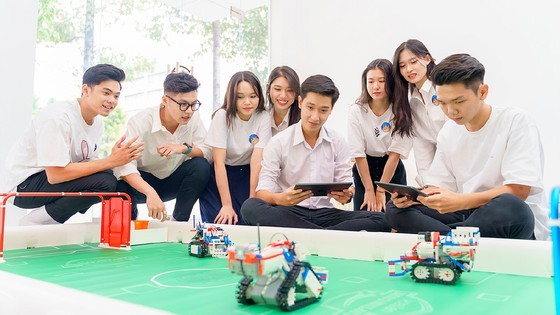
Similarly, Vingroup has successfully used AI in self-propelled vehicles, while Viettel now has a supercomputer that can handle 20 million billion calculation problems per second, and VNPT has used AI technology in smart urban area establishment in 30 provinces and cities nationwide.
Lately, VinDr – an AI system developed by the Medical Image Processing Division (under VinBigdata) – has been positively used to precisely diagnose breast X-rays to detect lung diseases and breast cancer, or to identify abnormal details on brain CT/MRI images as well as spine X-rays.
Another AI application worth mentioning is Vbee – a language processing solution winning various domestic awards on technological implementation. The solution allows the use of AI to transfer text into speech of natural voice in 40 languages, which will then be played in public announcement systems. It also possesses the features of virtual assistant, audiobook, movie narration and dubbing, AI Call Centers to interact with customers.
Deputy Minister of Science and Technology Bui The Duy stated that with the integration of Big Data, Cloud computing, Deep Learning, AI technology has become more useful in life to serve the needs of the public. It has appeared more and more in every aspect of life in Vietnam, ranging from finance, healthcare, insurance, traffic. Sadly, this implementation has not yet brought about real economic efficiency for the country. Vietnam needs to issue more specific policies, guidelines for AI human resources development.

